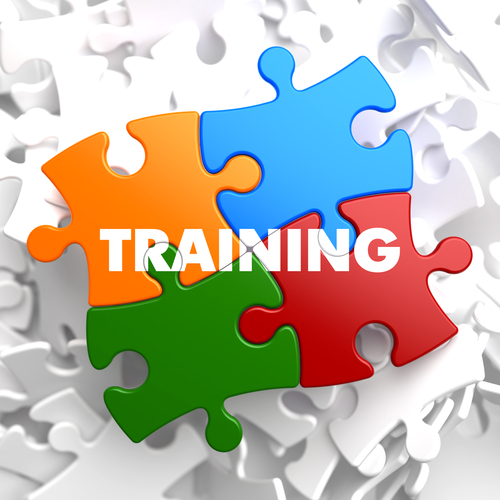Do you want to be a better trainer? If you had to rate yourself as a trainer, would you give yourself high marks, or low ones? Would your trainees agree with your self-assessment? In any case, there’s always room for improvement—take a look at these four ways to work towards becoming the best trainer you can be.
 |
Quality, productivity, safety, and innovation in your organization really depend a great deal on the effectiveness of your training. And, if you are the trainer, you need to be good at it because you are responsible for making sure your message gets across to trainees.
Here are 4 easy ways to help you evaluate your training efforts and be a better trainer next year.
#1 Get Feedback
Probably your best source of information about training effectiveness is your trainees themselves. It can sometimes be a humbling experience to gather feedback from employees, but it’s always an enlightening one. To find out if trainees think you did a good job, observe them during the session for your own perceptions about how receptive they are to what you’re trying to teach them. Don’t just check to make sure they are awake—consider degree of participation, number of questions, and overall enthusiasm for learning what you’re teaching.
Then, after the session, get them to write down their thoughts on your training efforts immediately after the session. You want them to be as honest as possible, so make evaluation forms anonymous. Have them rate training information, activities, delivery, etc., on a scale of 1 to 5. If they give you less than a 5, the evaluation form should ask them to explain what it would take to get a 5.
#2 Give Pre- and Post-Tests
In order to find out what trainees actually learned during a training session, you have to know what they knew before and how that compares to what they know after. Simple true/false pre- and post-tests can usually take care of this step. If the issues are complicated, supplement pencil and paper tests with a group discussion of the key issues. Ask trainees at random to explain principles, procedures, or rules. Have people demonstrate skills. This way, face to face, you’ll get a better idea of any knowledge and skill gaps you need to fill before ending the session.
#3 Find Out If Trainees Are Using What They Learned
Look to see if employee behavior has changed as a result of training. After all, that’s the whole point of the exercise. How well are your workers incorporating the safety principles, skills, and knowledge they learned into their jobs on a daily basis? Continue observations for 3 to 4 months after the training session so that you can gain an accurate assessment of whether trainees have made permanent safety performance improvements based on training.
#4 Evaluate the Impact of Training on Trainees’ Overall Performance
Is your organization better off as a result of the training you’ve done? Specific analysis questions could include: Have the number of accidents and near misses decreased and, along with them, the related costs? Is productivity up? Has customer satisfaction improved? Are delivery times faster? Are mistakes fewer? Is morale up?
If your employees give you feedback that your training is humdrum, see tomorrow’s issue of the Advisor to find out how you can freshen your stale training materials.
